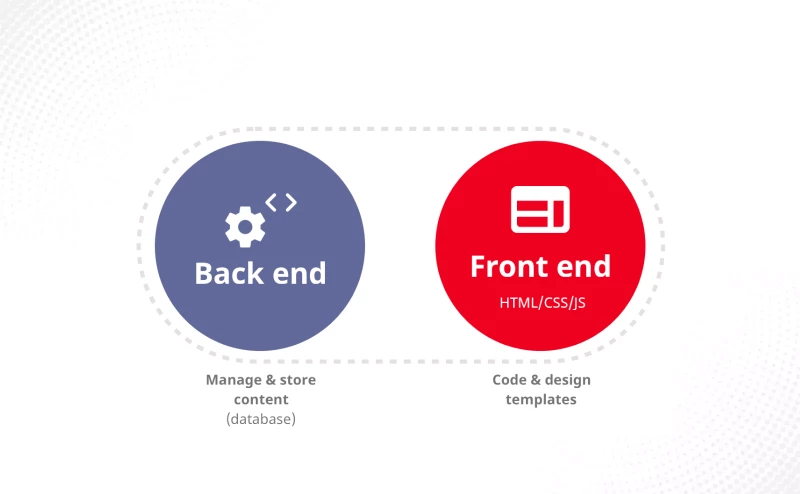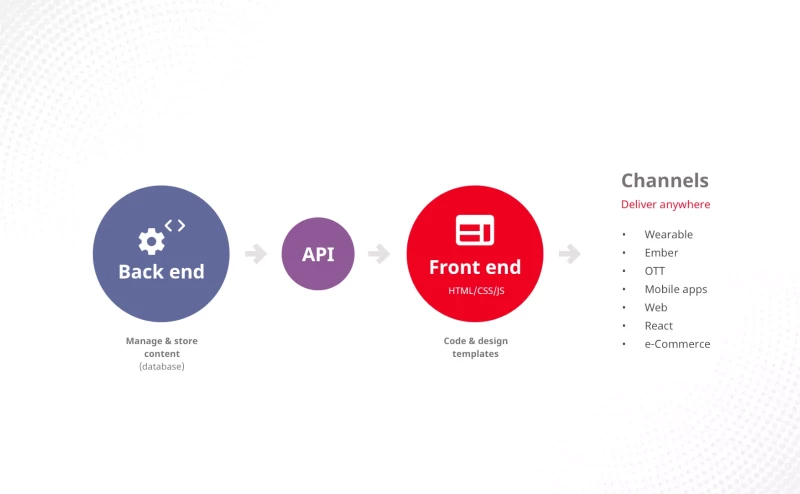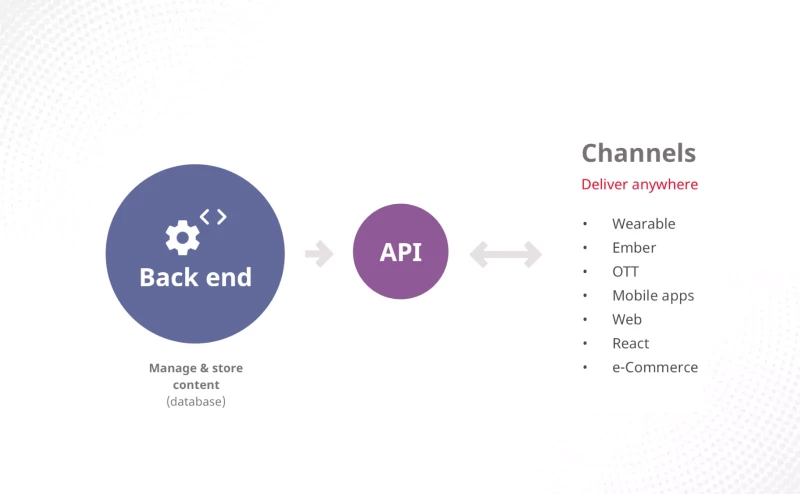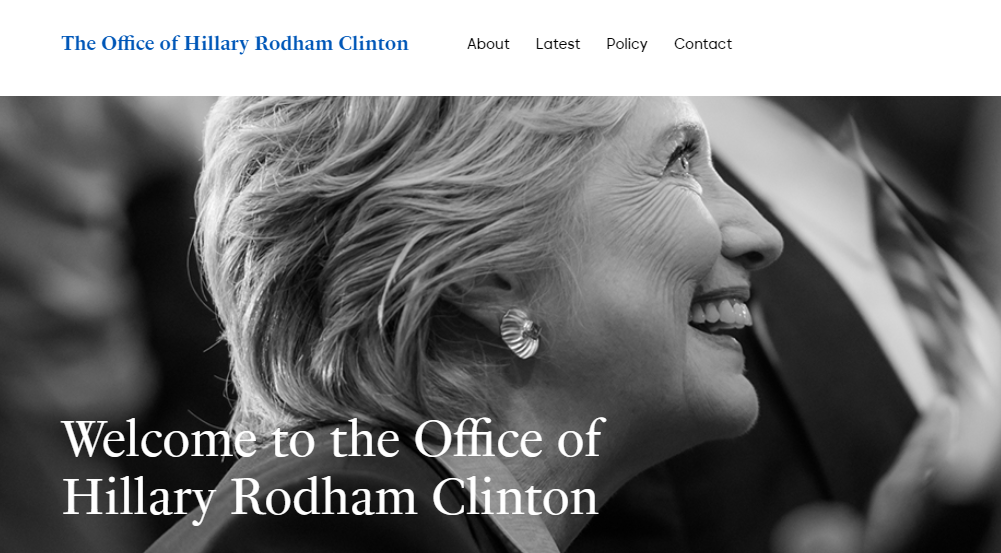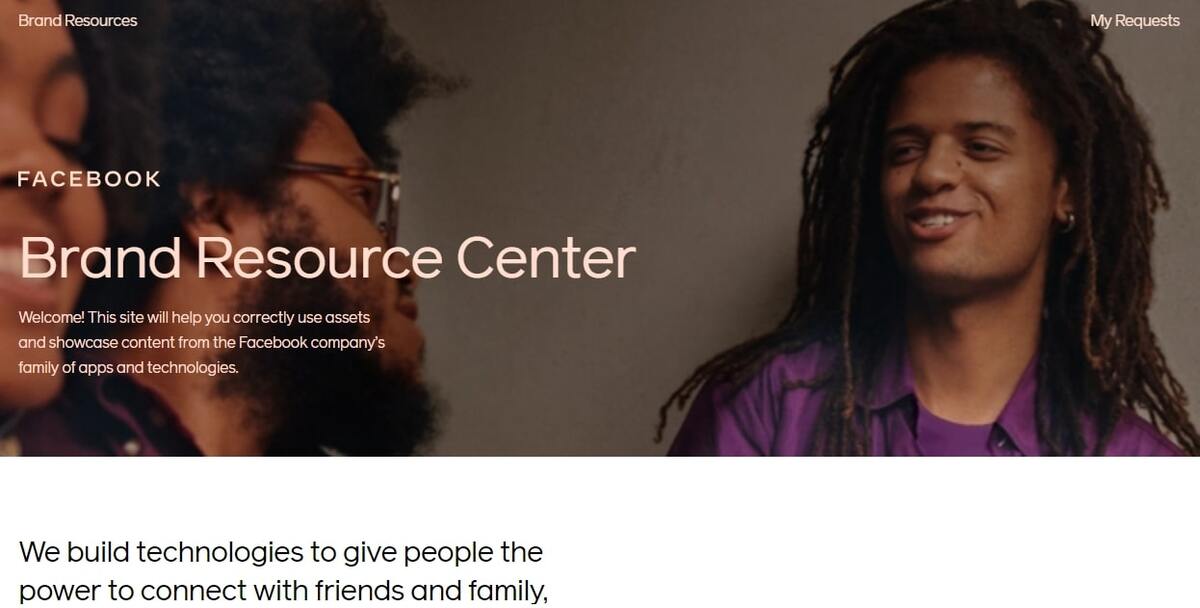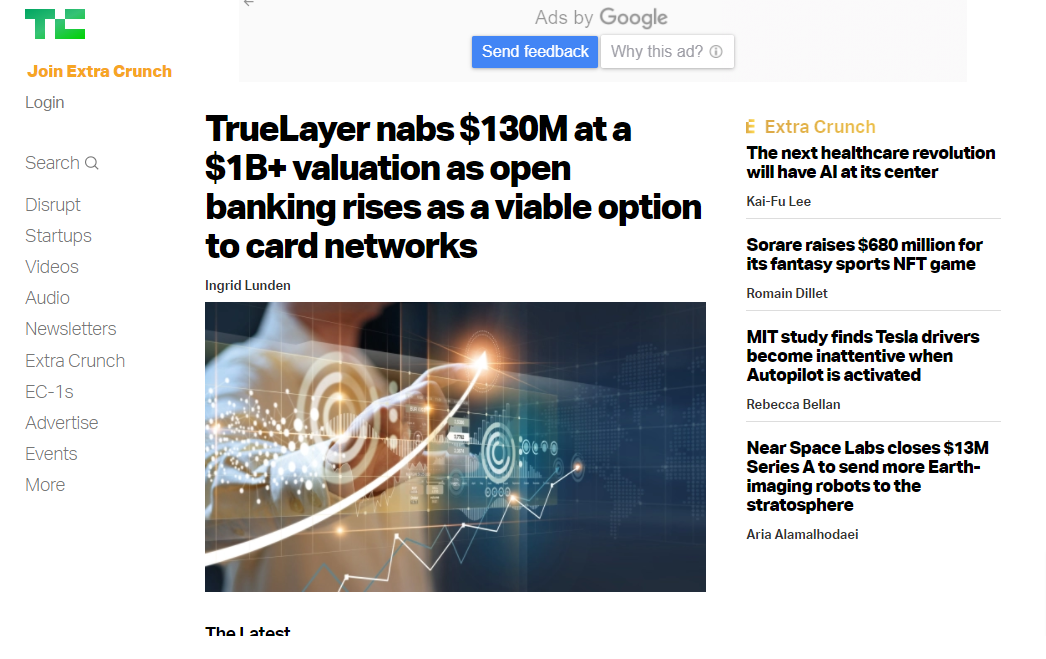WordPress is an awesome CMS that offers everything a webmaster needs to build and manage a full-fledged website, allowing them to manage and update their website with little knowledge of coding while taking advantage of the platform’s flexibility and scalability.
No wonder, 42.6% of the web trusts this powerful CMS.
However, in this digital age, business websites demand more flexibility, performance, and security. That’s where the headless WordPress site comes into the picture.
If you are looking for an innovative way to leverage the ever-adaptive WordPress, headless is the way to go! In this post, we’ll throw light on everything you need to know about headless WordPress and how you can leverage it to take your business to the next level.
Also Read: 14 Best Headless CMS Platforms in 2024
What Is Headless WordPress?
WordPress, by default, isn’t headless. However, to gain greater control and adaptability, WordPress users can opt for headless WordPress.
Content from our partners
Before we understand all about headless WordPress, let’s take a quick look at traditional content management systems.
A conventional CMS comprises a frontend (what site visitors see) and a backend (the server-side that controls how website data is stored and managed).
- Frontend – It is the part that website visitors see (client-facing side) and interact with. The three major frontend languages used are HTML, CSS, and JavaScript.
- Backend – It is the admin board or the server side that controls how website data is stored and managed. Also, it’s where webmasters or developers can add new content to the site, manage plugins, and customize fonts
Popular backend languages are PHP, Ruby, Python, SQL, and Java as they allow the storage, retrieval, and editing of specific information stored in the website database.
With this background, let’s take a deep dive into the finer points of headless WordPress.
In headless WordPress, the front and back ends are separated, allowing developers to manage them separately. This decoupling gives developers the freedom to create posts or pages using a familiar interface. It also gives them complete control over how the data is managed and where/how it’s stored in the backend.
How Does Headless WordPress Work?
It’s critical to remember that headless is a subset of the decoupled WordPress architecture. In both decoupled and headless CMS, the content managed and stored by the backend is delivered through an API or a web service. However, as evidenced in these images, the frontend differs.
Decoupled
Headless
In a decoupled WordPress CMS the front and back ends are housed separately. Once the content is edited on the backend, it takes advantage of the fast web services and APIs to deliver raw content to a defined frontend design (a presentation environment) on various devices or channels.
On the other hand, a headless CMS doesn’t have a defined frontend or presentation environment. Simply put, it doesn’t have the functionality to present the content to the end-user on its own. The content is managed but waits to be called upon by the API and delivered to the applications.
WordPress isn’t headless by default; yet, it can be bundled with WordPress REST API to transform it into a headless CMS. Once headless, the WYSIWYG editor gets disabled and the REST API takes over.
With headless WordPress, you can choose any frontend system that suits your needs. For instance, you can opt for ReactJS or VueJS as a framework for your WordPress site. That way, you’ll still be using the WordPress backend to publish content and the WordPress REST API.
Top brands like Netflix and PayPal are using ReactJS to create static websites for displaying content from headless WordPress. Alternatively, Adobe and Behance are using VueJS.
So, to recap, a headless WordPress setup works like this –
- You have a WordPress database where the content and digital assets are stored.
- The WordPress backend can be used to create and update content.
- An API calls for the content from the CMS backend and pushes it to the required channel or device. This allows WordPress developers to use a frontend technology like the REST API.
Pro and Cons of Headless WordPress
Though going headless gives developers and WordPress professionals lots of flexibility, it’s important to weigh its advantages and disadvantages.
Pros
Simplifies Multichannel Content Publishing
Thanks to the WordPress REST API, a headless WordPress setup makes multichannel content publishing simple and quick. Since you are free to create a website without the limitations of PHP, you can post content and automatically display it anywhere – websites, apps, and social media accounts.
The REST API allows you to connect with other applications in a way that traditional WordPress setup cannot.
Improves Site Performance
WordPress is not just a heavy content management system (packed with tons of core files and functions) but also relies on PHP which is a slow language. All this negatively impacts the website loading time because processing all the code each time someone loads the page takes time.
Headless WordPress is lighter as it loads only the required files through API calls. Separating the frontend leads to a lightweight CMS. Hence, the content delivery is much faster and more responsive.
Allows Simpler Website Redesigns
If you are considering a website redesign, with headless WordPress, there’s no need to reimplement the content management system.
When redesigning or scaling a site with new resources, the traditional WordPress would force developers into a mandatory downtime (for upgrading the server or website).
In headless WordPress, since the developer doesn’t have to worry about the frontend, redesigns are pretty simple. That’s because the content and the visual design are separated.
Works with All the New Web Languages
The traditional WordPress PHP has languages like JavaScript, HTML, and CSS available that are compatible with PHP. However, it doesn’t work with the newer languages and frameworks.
With an API to facilitate multichannel publishing, connecting to any frontend is easy. So, you can experiment with any cool new language to build the site.
Ensures Tighter Security
As mentioned earlier, WordPress is the most popular CMS around the world. No wonder, it is a common target for cybercriminals launching DDOS attacks or brute force attacks.
However, a separated frontend and backend minimizes the risk of such attacks and loss of content. That’s because with headless WordPress you are setting up a hidden backend that’s tough to locate. This makes it tough for hackers to access sensitive data or the source of the content.
Cons
Requires Sound Development Experience
Headless WordPress isn’t something you’d like to try if you have little development knowledge. Anyone planning to go headless needs to have some developer experience or at least hire a WordPress website development expert. Building a headless WordPress website takes a lot more work than a regular user will be familiar with. There aren’t any page builder plugins or themes to count on.
All the core functions need to be done using JavaScript and REST API. Hence, having a dedicated developer in place is critical for complex tasks, such as implementing more advanced libraries for the headless system.
Most of the WordPress Functionality Is Disabled
When taking a headless approach, you are taking away a lot of functionality offered by WordPress.
For instance, with no WYSIWYG editor, users responsible for site maintenance and lacking knowledge of programming will find the headless architecture challenging. It will be tough for them to update or publish content.
Moreover, since they will lose access to the live preview option, the performance benefits won’t be as visible.
Also, a majority of the plugins will not work once you go headless. Most of the WordPress plugins rely on PHP. Hence, if your frontend website isn’t using PHP, they will not be able to interface with it.
Maintenance Can Be Time-Consuming and Complex
Headless WordPress converts content into static pages by doing away with the traditional WordPress theme on the frontend. Hence, using a static generator to display your content means you have to maintain two different codebases. And, if the two codebases are hosted in different places, you will need to develop separate workflows for their maintenance.
Thus, as time passes, the maintenance of headless WordPress websites becomes time-consuming and tedious.
Involves Complex User Credentialing
Though headless WordPress has fewer security loopholes, it isn’t devoid of all issues. An API-driven system will require the developer to create separate user credentialing compared to the traditional WordPress.
To manage this, you may need to implement OAuth2 for authentication and other security features to keep DDOS attacks at bay. However, all this means extra effort for securing a headless content management system.
Why Is Headless WordPress Gaining Popularity?
Headless WordPress websites offer developers the freedom and flexibility they desire for leveraging the right technology. In a way, it future-proofs CMS by offering extra security layers and seamless integration with a variety of software.
Moreover, it offers publishers more control over their content, enabling them to predict new channels and publish broadly.
Let’s see why this headless WordPress is the way to go!
Why Should You Go for Headless CMS?
Besides the advantages discussed above, headless WordPress has a bright future.
The modern web development realm is shifting to JavaScript. No wonder, frameworks like React JS and Next.js are being increasingly used as development options for websites and apps.
The benefits of doing so are –
- The websites load faster
- It offers security and scalability benefits
- It builds a modular architecture
As mentioned earlier, WordPress relies on PHP, which is a great programming language. However, JavaScript is proving to be better! This was evident when even the WordPress team couldn’t ignore this fact and introduced JS (React). This allows WordPress to use an API-driven JS approach in its codebase.
Further, Automattic, the parent company of WordPress and WooCommerce, leads a €1M funding round for Frontity, The React Framework for WordPress. Besides, several WordPress-focused businesses are investing in progressing towards headless WordPress.
In a recent study by WP Engine, 92% of enterprise respondents agreed headless CMS technologies make it easier to deliver a consistent content experience
Check out what Matt Mullenweg, the founding developer of WordPress has to say about going headless and learning JS deeply.
Embed Video – https://www.youtube.com/watch?v=KrZx4IY1IgU
All these facts point to the rising popularity of headless WordPress and why it makes a compelling business case.
Why Go Headless with WordPress?
WordPress is a great content management system that’s been around for decades. Marketing, publishing, and web development teams love it for its simplicity, editorial familiarity, and extendability. By adding the modern frontend tooling to WordPress, you get to level up your WordPress site.
Of course, businesses can switch to other content management systems. However, there’s a re-training phase involved that’s time-consuming and painful.
Since WordPress is built on flexible foundations, it makes a great headless CMS – flexible, open-source, and free.
Who Can Adopt Headless WordPress?
Though headless WordPress can be a differentiator for several businesses, it isn’t suitable for all. So, let’s understand this in detail.
Who Should Use and Who Should Avoid Headless WordPress
Here are a few cases where using the headless WordPress approach is suitable.
- Your company is seeking a robust content management system that supports multichannel publishing.
- You are a developer wanting to experiment with WordPress and other languages or frameworks.
- You are building an app and want to hook it to a CMS to populate it with content.
- You have been with WordPress and want to stick with it, but are also looking to brand out into new technologies.
- You need to speed up your website.
- Your site’s primary concern is security.
- You are an agency or a freelancer who doesn’t often update the website.
- Your site has a complex design.
- Your site has a short lifespan.
If can relate to any of the above-mentioned pointers, headless WordPress is the right fit for you.
On the other hand, WordPress as a headless CMS may not be suitable for you if you –
- Aren’t a seasoned developer.
- Aren’t prepared to deal with extra configuration for optimizing security and performance
- Heavily rely on dynamic content.
- Cannot do without WordPress’s assortment of plugins and themes.
- Want to build a simple blog or small business website with zero multichannel publishing.
- Log in to WP Admin every other day.
- Manage a site that needs daily maintenance.
In these cases, a traditional WordPress content management system may be a great solution for you.
Use Cases
Let’s look at a few scenarios where a headless WordPress website can work well.
Content Publishers and News Organizations
These firms share data with affiliates 24X7. If they used a headless WordPress, they could ensure each journalist or author has an independent login to write and publish posts.
If approved, the post can be added to a mix of the available content and distributed to all. This makes it as simple as adding a category in the WordPress admin.
Resorts or Casinos
Some resorts may use a third-party tool like a booking engine to record and collect transaction data. In such a case, the static website can display the hotel room type and all the amenities offered while sharing a link to the booking engine. This will ensure an easy and quick checkout process.
How to Use WordPress as a Headless CMS?
Now that you know all about how headless WordPress works and its benefits, you’d be keen on setting it up on your site. If you are looking to convert your WordPress site into a headless CMS you can either do it manually or using plugins.
How to Set Up a Headless WordPress Website Manually?
Here’s how you can set up headless WordPress manually.
Go for a Fresh WordPress Installation
Follow the usual installation process or use the one-click install feature offered by hosting companies. But remember to change the default wp_ value for your database and table prefixes. Also, use strong passwords.
You Will Need a Blank Theme
WordPress doesn’t need a theme to run. But since you are going headless, your theme can be as simple as using index.php and styles.css. The index.php file in your theme will redirect users to your static site. This will preserve the backend and remove the frontend.
Once you’ve set up the redirect, it’s time to upload it to your WordPress installation.
Start Using the REST API
The last step is to use REST API to make requests to retrieve any content that’s been added to the headless installation and display it where needed. To create static sites, you may use different JavaScript frameworks like React JS or Angular JS.
How to Set Up a Headless WordPress Website Using Plugins?
You can also use headless WordPress plugins to convert a standard WordPress installation into a headless CMS. Here are the top four plugins that can help.
- Headless Mode
- WP Headless CMS Framework
- WUXT Headless WordPress API Extensions
- WP Headless
Some Examples of Headless WordPress Sites
Here are a few websites that are making the best use of headless WordPress
The Office of Hillary Rodham Clinton
Besides offering accessibility and usability, this website eradicates the need for loading pages each time. This greatly improves the speed. The site is also easy to maintain.
BeachBody on Demand
This website has a slick user interface that uses a JavaScript interface developed on WordPress. The headless WordPress streamlines content management and automates asset handling like images and videos.
Uber Brand Experience
The next headless WordPress example is of a famous brand that’s known for its customer service and experience. The website and blog are well-designed. The headless WordPress makes managing content easier and seamless.
Facebook Brand Resource Center
This is yet another example of a website developed using headless WordPress. It is a perfect example of quick page loading, open and cool web design, and a seamless user experience.
TechCrunch
This influential technology blog is hosted on WordPress. They developed a Redux/React app and a decoupled WordPress admin and connected
Concluding Remarks
The world’s most-loved CMS, WordPress offers developers and content publishers everything they need to build a full-fledged website. However, the rapidly changing digital landscape demands more than what’s being offered.
The traditional WordPress has certain limitations. For instance, it may not be suitable for publishers looking to share content across multiple platforms. Also, if a developer is looking to use languages other than PHP, they may struggle with WordPress.
That’s when you can count on headless WordPress!
This new approach in CMS development offers custom functionality and flexibility, allowing you to build and manage an impressive website.






